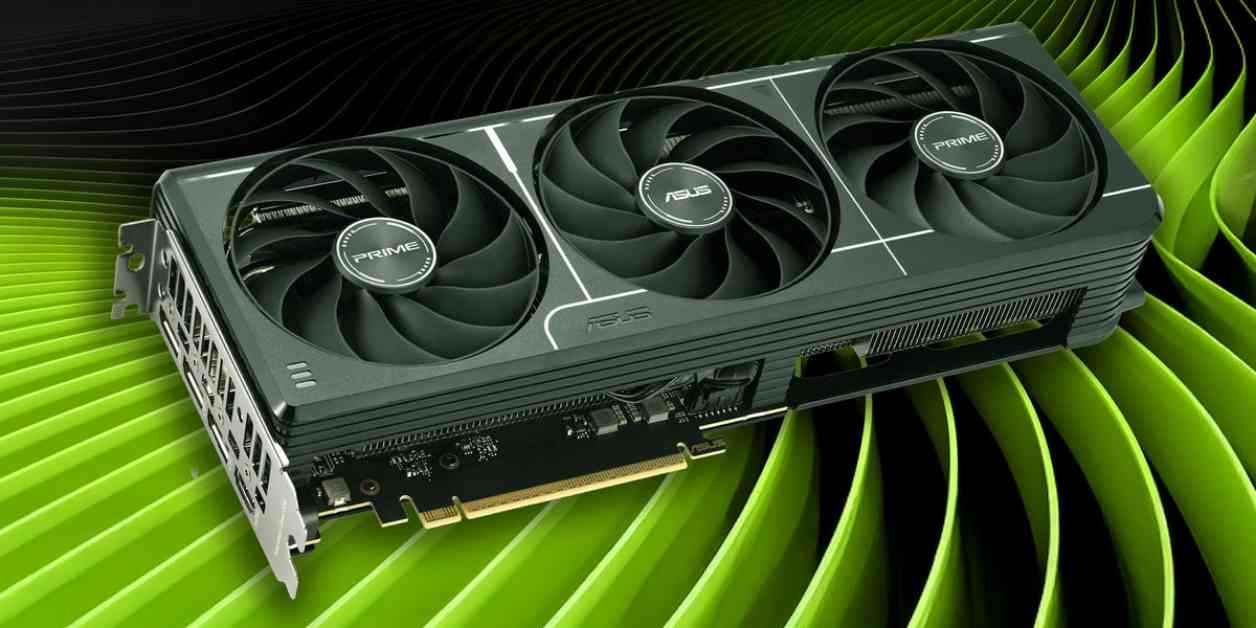So, the RTX 5060 has finally arrived, completing the 50-series lineup that kicked off with the 5090 five months ago. This new “mainstream” graphics card comes with a hefty price tag of $299/£270, promising decent performance and efficiency. It also boasts the multi-frame generation feature that sets it apart from other GPUs in this generation. However, there’s a drawback – the 5060 only comes with 8GB of VRAM, which could be a major limitation for gamers looking to play the latest graphics-intensive titles.
The review for the RTX 5060 is a bit delayed this time around, as Nvidia and their partners didn’t send out the necessary drivers to reviewers until the card officially launched on May 19th. Without the drivers, the card is essentially useless, leading to limited coverage on launch day. This frustrating situation has left many potential buyers in the dark about the card’s performance and value, especially since many reviews didn’t go live until after the cards had sold out. It’s safe to say that Nvidia’s PR department isn’t too pleased with how things have unfolded.
In terms of specs, the RTX 5060 is based on a cut-down version of the same GB206 die found in the RTX 5060 Ti. With 83% of the core count and rated power of the 5060 Ti, along with a slight drop in boost clocks, the 5060 aims to offer better value at a lower price point. However, the 8GB frame buffer memory may prove to be a limiting factor for some users, especially when compared to the 16GB model of the 5060 Ti.
Moving on to the design of the RTX 5060, there’s no Founders Edition available, but various third-party cards are on offer. The model reviewed here is the Asus Prime, featuring a 2.5-slot, tri-fan design that is surprisingly “SFF-ready” despite its size. The card comes with a dual BIOS offering “quiet” and “performance” modes, with the cooler being so efficient that even the “performance” setting remains whisper-quiet. As for power requirements, the manufacturer recommends a 750W or 850W power supply, but a more reasonable 550W should suffice. With just a single eight-pin power connector needed, the RTX 5060 is relatively easy to set up.
To test the performance of the RTX 5060, it was paired with a high-end system featuring the AMD Ryzen 7 9800X3D, 32GB of Corsair DDR5-6000 memory, and a 1000W Corsair PSU. The benchmarks will provide insights into how the card handles various games and tasks, shedding light on its strengths and weaknesses. Stay tuned as we delve into the results and evaluate whether the RTX 5060 is worth the investment in today’s competitive GPU market.

